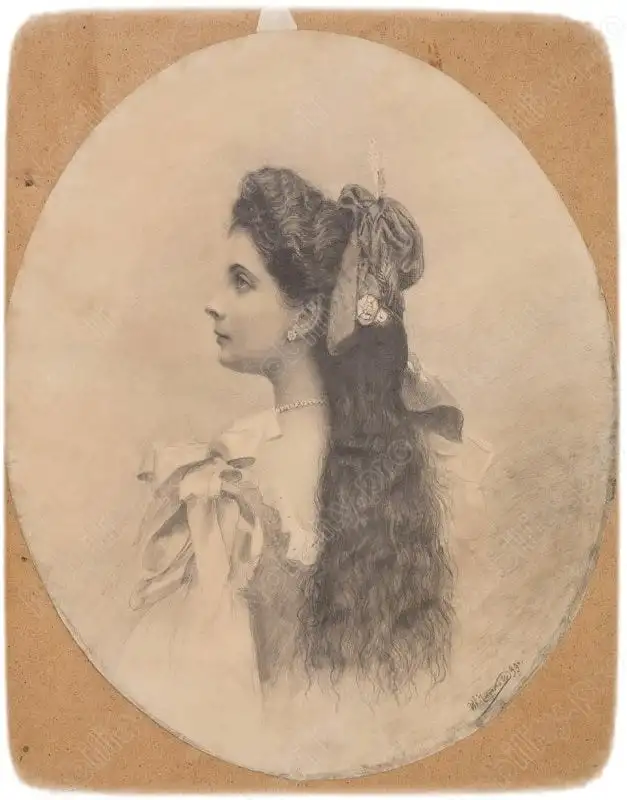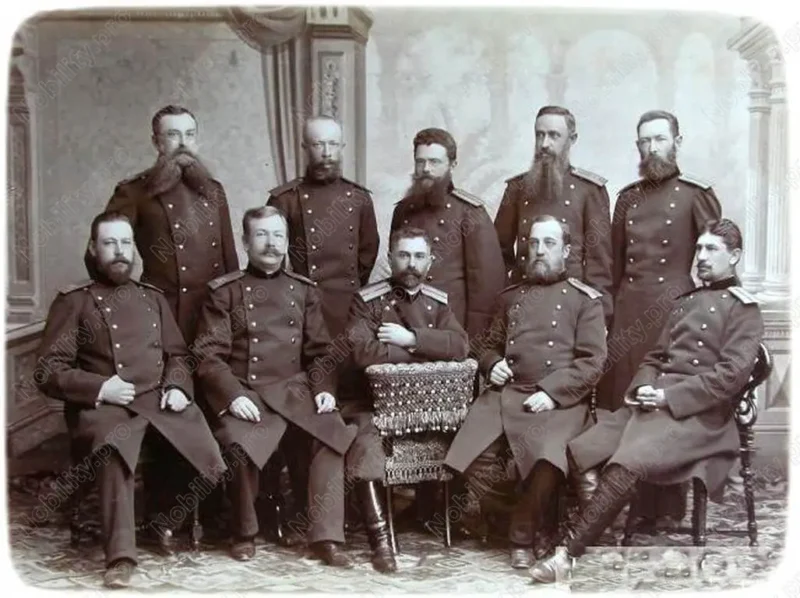Ujarma Fortress city – According to 11th-century historian Leonti Mroveli, Ujarma was founded by King Aspagur of Iberia (Kartli) at the close of the 3rd c. Under King Mirian (first half of the 4th c) the fortress-town Ujarma became a royal appanage. Ujarma’s fate was unique. One of the three Holy Crosses was erected here upon the instructions of Saint Nino of Cappadocia, the Enlightener of Georgia.
Saint Nino came to Georgia in the 320s to preach the Christian faith. First Queen Nana is baptized, followed by King Mirian and all the nobility, and then the whole nation of Kartli. Christianity was declared the state religion. Fervently, Mirian began building churches, the first of which was Svetitskhoveli, built in the royal gardens in Mtskheta.
Three crosses were made out of a life-giving tree, which healed wounded beasts. One of them was erected in Svetitskhoveli Church.…and the whole nation of Kartli witnessed a miracle for many days, when a “burning cross” surrounded by a crown of stars would descend from the sky, over the church. At dawn two stars would separate, one drifting eastwards and the other westwards, while the cross would oat over the rock on the other bank of the Aragvi and would ascend to the heavens.
It was the very place where today’s Holy Cross Church stands, and where the holy cross was moved to from Svetitskhoveli. The sites where the two stars went were found to be over Tkhoti Mountain, and over the settlement of Bodi (Bodbe). Then Saint Nino ordered: “Take both crosses and erect one of them at Tkhoti, where God revealed His power, and give the other to Salome, Slave of God, to erect in the town of Ujarma – as Bodi, the settlement at Kukheti, is not as important as the royal city.“
The Jvarpatiosani Church was built by King Bakur, Mirian’s heir (late 4th c) at the site of the erected cross, and this sacred object rested there for centuries. Later, at an unknown time, the Holy Cross was moved to Akhmeta, where – at the beginning of the 20th century – it suffered under the Bolshevik anti-religious campaign along with the church. Initially, Jvarpatiosani Church was a small hall-type chapel, but today it is an elaborate two-storey building that has undergone several alterations.
Another brilliant page in the history of Ujarma is associated with the reign of King Vakhtang Gorgasali (second half of the 5th c). The king built a fortress and a palace in Ujarma and turned it into a royal residence. “Vakhtang himself resided at Ujarma, and he embellished it with enormous buildings“, including Saint Razden Church erected in a rabat. The rabat, or a traders’ and craftsmen’s quarter beyond the fortress walls, was also fortified. The rise of the fortress-town Ujarma was due to its strategic location. Vakhtang, says his historian, “recognized that it was suitable for game and sheep“. A main road crossed the town, used by Kakhetians to herd their sheep to and from mountain pastures.
Persian troops camped on the banks of the Iori, near Ujarma. The Shah wanted to punish the king of Kartli for his bias towards Byzantine. The battle lasted for several days, after which the mortally wounded King, Vakhtang Gorgasali, died in the Ujarma palace.
The town was a crossroads between Albania and Persia to Mtskheta and Tbilisi. Ujarma was turned into a main center in the fight against Mazdaist Persia.The following centuries witnessed the decline of Ujarma’s importance, due to changes in the political situation and the direction of the trade routes. According to oral tradition, the Georgian kings kept their treasures there.
The fortress is made up of the upper citadel and the lower fortress. It must have been surrounded by a very big settlement but no traces have been found. Seven rectangular towers with blind outside walls and a palace are constructed on the wall of the citadel. The palace was a two-storey right-angled construction with a flat roof. Like the towers, the roof was surrounded by battlements and functioned as a battle platform.
The towers were either two or three-storied. Blind walls typical of early fortresses made them impenetrable to intruders. However, gun ports were cut into the walls at a later time. The south-western tower – donjon – was probably taller than the others, and a cylindrical tower has been erected over its ruins.
Russian Emperor Alexander III visited Ujarma in 1888.





